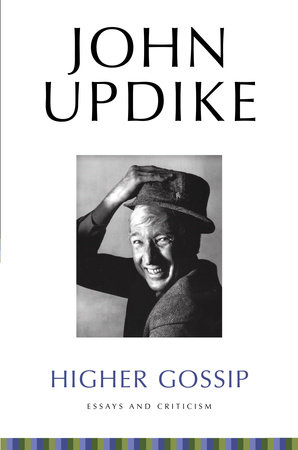

Her deliberations on grief, love and loss in books such as The Year of Magical Thinking and Blue Nights (2011), in which she writes about losing her ailing daughter a year-and-a-half after her husband’s death have become hallmarks of literary memoirs.

While deliberations on mortality was a recurrent theme in her work, Didion’s writing displayed a remarkable range, embracing memory and nostalgia, culture and politics in its sweep. Her first book was a novel, Run, River (1963), set in California, but it was with Slouching Towards Bethlehem (1968), a collection of essays in which she examines San Francisco’s hippie culture records her impressions of Los Angeles, where she would find fame in Hollywood writing screenplays with her husband and pays tribute to New York, that Didion came into her own.

By putting the first-person firmly at the centre of reportage and still practising an unerring sense of journalistic detachment, Didion became a central figure in the New Journalism Movement (a literary movement in the US, championed by writers such as Tom Wolfe, Norman Mailer Truman Capote and Gay Talese, that experimented with techniques of fiction writing in reporting) in the late Sixties and early Seventies.ĭidion expanded and changed the scope of the field, marrying a writer’s flair for emotional range with an editor’s precision in retaining only that which was of value to public life.īorn on Decemin California’s Sacramento, Didion’s writing was largely influenced by the state and its distinctive culture, although New York, where she later lived and died, had an equal stake on her affections and writing lens.


 0 kommentar(er)
0 kommentar(er)
